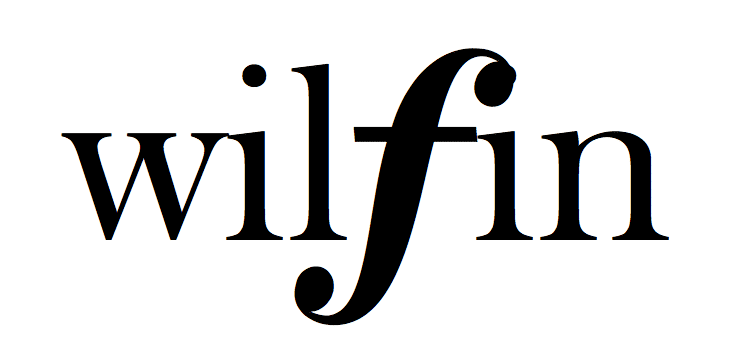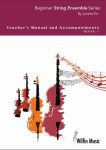Description
TEACHER AND ACCOMPANIST NOTES BOOK ONE
This method has been trialled with students aged between 7 and 9, over many years. Depending on the frequency and duration of lessons, timelines may vary, but essentially, students can play tunes quickly and experience success early on. Book 1 is taught mostly aurally: no staff-reading. Singing is the key – letter
Some ideas and suggestions for using this book with your young student or string class.
ACCOMPANIMENTS – Like me, many string teachers have had limited experience as pianists, but we often need to “accompany” our students, because having a “reference point” for intonation is vital in the early stages of string playing. Therefore, my accompaniments are mostly based on chords – and the experienced accompanist should feel free to embellish rhythmically and be CREATIVE. For those who are less experienced pianists, I encourage you to start slowly and you will find that you will soon conquer your fear of playing piano accompaniments – at least sufficiently for what your students will require in the lessons. Most contain only 2 or 3 chords.
BOOK ONE NOTES – These accompaniment parts show the treble clef solo part, but all 4 books are the same, once the common strings are being used in a string class context. I will include the timeline that I use below, and also some suggestions as to how I teach the various concepts. These are merely suggestions. Feel free to add, subtract and CREATE. In a string class, get everyone to sing the bass fingering or cello fingering. Get them to swap in the middle of a song – keep them thinking. This all serves to consolidate memorisation, but also gives them ideas for their own practice at home. Everything is difficult before it becomes easy, so we say “I can’t do it YET, because I haven’t done it ENOUGH”. We never say “it’s too hard”.
SOME IDEAS FOR SUPPLEMENTING THE REPERTOIRE – Find out what they are singing in classroom music. If it’s a Kodaly or Orff based program, any song using “do re mi so la” can be “translated” into letter names. Get the students to work it out. This increases the repertoire and helps memorisation enormously. Students may “work out” a song on their instrument. Get them to teach it to the others. E.g. a student of mine worked out Lavender’s Blue from Cinderella. Many nursery or folk tunes will work. In my program, we move to note-reading in Terms 3 and 4, and use BOOK TWO. I know of other schools who use Book One in the first year and Book 2 in the second year.
| Composer |  |
Loreta Fin |
| Standard |  |
Beginner |
| Catalogue No. |  |
BSESTMA01 |

